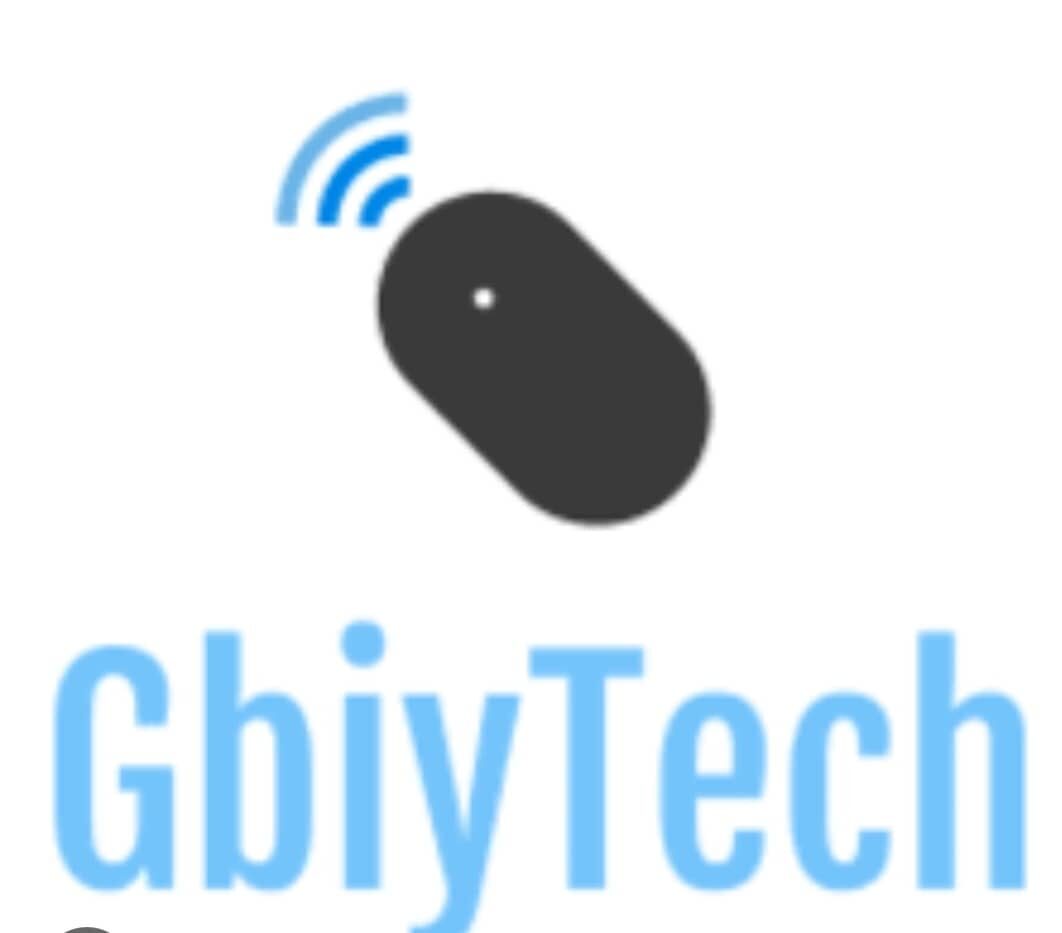Cancer is a leading cause of death worldwide, accounting for nearly 10 million deaths annually, or nearly one in six deaths. It poses a physical, emotional and financial burden on individuals, families, societies and governments.
Cancer research is one of the most significant areas of research in healthcare worldwide. The inventions that led to the rapid COVID-19 vaccine developments originally were aimed at curing cancer – the mRNA technology, for example. Today, it has become a forward-looking concept for cancer immunotherapy, and researchers expect the field to grow convincingly in the future.
The three essential levels in cancer care are
- prevention and diagnosis,
- treatment,
- and monitoring of the disease
can help beat cancer for good. The technologies we list below are separated according to these phases.
Prevention and diagnosis
Cancer diagnosis must be early and accurate. Many cancer types cannot yet be detected early enough, while others are caught in time but treated too severely. This notion requires excellent healthcare facilities, new diagnosis technologies, and the proactivity of patients. We’ll see the following fields to earn additional momentum in the coming years.
1. Liquid biopsy
Liquid biopsy is the analysis of tumours using biomarkers circulating in fluids such as the blood. It can be used for the early detection of cancer. During cancer treatments, re-biopsies are needed to adjust the treatment plan. It means taking a new sample from the ever-changing tumour to define the next step of the therapy. With the current invasive biopsy techniques, this is a considerable challenge for patients and medical professionals alike. Fluid biopsy extracts cancer cells from a simple blood sample. The use of biomarkers in the blood is transforming cancer diagnosis already, and I firmly believe the method should be the primary process for all biopsies where possible.

2. Real-time cancer diagnostics
There are multiple exciting technologies for the diagnosis of tumours during surgery. A large-scale study in 2019 found that over 20% of women who had breast cancer had to undergo a second operation because malignant cells had been left undetected the first time. A new tool that got the FDA breakthrough device designation in October 2020 aims to solve this issue. OncoRes Medical’s imaging device provides essential intraoperative information available to surgeons during a lumpectomy. The handheld device uses AI to assist with identifying tumour and healthy tissue, thereby substantially improving outcomes in breast-conserving surgery and reducing repeat operations for women with breast cancer.
3. Understanding genetic and lifestyle causes of diseases
By getting some explicit knowledge about what genetic and environmental factors lead to the different types of cancers, including the given patient’s genetic makeup; it would be possible to catch cancer in its infancy. This requires process innovation in healthcare and more precise and specific cancer biomarkers supported by better screening technologies. For example, when I took the Atlas Biomed genetic test, I learnt a lot about my own body and how it works, and by knowing the risk factors, I was able to design a preventive plan with my primary care physicians and my genetic counsellor. On the downside, Atlas doesn’t examine the gene variants for complex cancer risks.
However, another company, Dante Labs does so. Their DNA package contains a hereditary cancer report with risks, e.g. for colorectal or prostate cancer, but I must warn you to take these results with caution: risks and actual diseases are two different things.

Treatment
Cancer treatment varies from surgery and various therapies to destroy any malignant cells in the body, targeted therapies and stem cell transplants. Biomarkers can help determine what kind of therapy would work best. Precision oncology helps find the available targeted therapies. The price of new drugs is going up steeply, and personalised drugs cost even more – but they bear the promise of being more effective than generic medications. As medical and technological innovations expand cancer treatment, the possibility for super-focused drugs is getting nearer in oncology treatments.
4. Next-generation targeted therapies
There are drugs that can block cancer growth or spread by interfering with specific molecules involved in the development, progression, and spread of cancer. Such targeted therapies are designed only to stop cancerous cells, using information about a person’s genes and proteins. Such precision drugs can contribute to the prevention, diagnosis and treatment of the disease, resulting in unbounded patient benefits. Next-generation targeted therapies have already gained momentum in the past couple of years. I expect the field to take off rapidly as the costs of the technology will inevitably go down as the technology will be more available, therefore more affordable.

5. Molecular cancer diagnostics
Matching the right targeted therapy to the right patient based on the individual molecular genetic alterations in each cancer patient’s tumour is a promising and attractive precision oncology approach. Oncompass Medicine uses AI-based algorithms to match genetic mutations found in patients’ tumour samples with effective targeted cancer therapies. This way, patients can receive precisely targeted treatments specific to the kind of cancerous tissue they have. Their RealTime Oncology Treatment Calculator can significantly improve the selection of the right targeted therapy for each cancer patient based on the individual molecular genetic profile of their cancer.
6. AI-based therapy design
Even if we can extract tumour cells from blood and sequence their DNA as fast as possible, deciding on the treatment is still a struggle. No oncologist can see through the millions of studies and thousands of clinical trials by keeping all of the patient’s parameters and mutations in mind. However, artificial intelligence algorithms can. In the U.K., Addenbrooke’s Hospital in Cambridge uses Project InnerEye, an AI deep-learning tool supporting the treatment of cancer patients. The AI analyses hospital data to identify tumours on patient scans.
And it’s amazingly reliable, cutting CT processing times and treatment planning by up to 90%. Dutch researchers developed an evolutionary algorithm with intelligent search behaviour to generate better solutions at an ever-increasing speed. The AI created “better plans and more insight than the doctors thought possible.”
7. In silico trials
In principle, clinical trials take years and cost more than 2 billion dollars for every approved treatment. The number of failed drug candidates is enormous, so spending years and millions on a clinical trial is no guarantee to lead to an approved treatment. However, the world of clinical trials is changing. Trials should unquestionably use more data and AI models. It is inevitable to build the right skill sets to implement new technologies. Novel approaches like in silico trials with advanced biological networks, organs-on-a-chip or even network medicine will then help choose the right drug candidates within seconds.

8. DNA cages
Most cancer treatments today destroy not only cancerous cells but also healthy ones. The ultimate goal is to deliver drugs only to cells that need to be treated. Using DNA cages holding medications might be the answer. Cancer cells can trigger the DNA cage to open, and thus the drug could only impact those cells, but not the healthy ones. The next level of this targeted therapy is investigated at The Imperial College London, where researchers used light as a trigger to open the cage and release the drug inside.
9. Precision surgery
Surgeons using surgical robots such as DaVinci are capable of performing operations with previously unachievable precision. By making the robot an extension of the surgeon’s mind and skills, operating tumours in early stages or tumours close to sensitive organs might become more feasible than ever. Surgical robots today have 3D cameras that can record operations and stream at the same time. The robot’s added value is to assist the surgeon in suturing, dissecting and retracting tissue, leading to more precision in surgery than ever.
Monitoring and providing care
A cancer diagnosis is a traumatic event for everyone. Although patients meet their caregivers in person many times, they are often left to cope with chronic pain or powerful side effects for the rest of the treatment and recovery process. New technologies could improve their experience – as well as the experience of their loved ones around them.
10. Embedde

d, implanted and digestible sensors
In many cases, measuring health parameters at home would be a huge addition to cancer care. Measuring body temperature, for example, is key in monitoring the effects of chemotherapy. What if a sensor on the patient’s skin could constantly measure body temperature and notify the patient when the fever goes up? Digestible pillcams could be used to perform non-invasive routine checkups on the digestive system at home. Implanted sensors or digital tattoos could monitor every important vital sign, triggering an alarm to both the patient and the caregiver, so interventions can be planned as quickly as possible.
While there’s a large set of wearables oncology patients could use for at-home monitoring of vital signs or physical activities, these devices aren’t used much for this purpose. Both studies on the issue and medical education are missing. However, embedded or implanted sensors (like in a contact lens, where the tear film is suited to detect cancer biomarkers) have a huge potential in the future.
11. Measuring lab markers at home
The pandemic has pushed healthcare to use at-home lab tests more widely. During chemotherapy, blood markers, especially white blood cell count, must be checked routinely to make sure the patient’s immune system is still intact.
Cancer patients with easily compromised immune systems face more challenges in this regard when visiting busy hospitals. Point-of-care testing (POCT) can provide a viable option. At-home testing and diagnostic options will keep patients safe and their immune systems intact.
12. Patient networks
Networking sites such as SmartPatients (originally a cancer patient empowering site) were designed to help patients find and support each other. These channels offer a lively community where patients, families and caregivers learn from each other about treatments, clinical trials or the latest science. The feeling of community and seeing others cope with the same hardships can boost not just the mental but also the physical well-being of cancer patients.
13. Pain management
Cancer and its treatments can induce extreme, chronic pain. In the past, cancer patients were relegated to continuous, increasing doses of painkillers and opioids. Companies are now developing devices that help ease symptoms and side effects. A good example is Quell, a wearable technology with intensive nerve stimulation clinically proven to help manage chronic pain. It’s FDA-approved and clinically proven to relieve chronic pain. Another technology, virtual reality, can also serve cancer patients in pain reduction by distracting the patients. Although the effectiveness of adjunctive therapy is not entirely measurable, respondents found the therapy to be beneficial.
These technologies show a glimpse into the future – and in some cases, that future is here already. We need to keep on pushing the limits to get to a stage where the diagnosis of cancer is not a life-altering event that often brings an untimely end to a patient’s life, but at least a manageable, chronic condition.




Ümraniye elektrikçi ustası Ümraniye’de internet arızası meydana geldiğinde, profesyonel elektrikçiler hızlı bir şekilde müdahale ederek sorunu çözerler. Deneyimli ekipler, internet arızasının kaynağını tespit eder ve gereken onarımları yaparak kesintisiz internet erişimini sağlarlar. https://africasfaces.com/blogs/6878/Ümraniye-Elektrikçi-hakiki-Ustalar-ile-hizmet
kapı otomatiği tamiri Ümraniye’deki elektrikçiler, televizyon montajı konusunda da hizmet vermektedirler. Profesyonel ekipler, müşterilerin isteklerine uygun olarak televizyonların duvara montajını titizlikle gerçekleştirirler. Bu sayede, ev veya iş yerlerinde daha düzenli ve estetik bir görünüm elde edilir. https://africasfaces.com/blogs/6878/Ümraniye-Elektrikçi-hakiki-Ustalar-ile-hizmet